#new zealand plant
Text
#1981 - Veronica speciosa
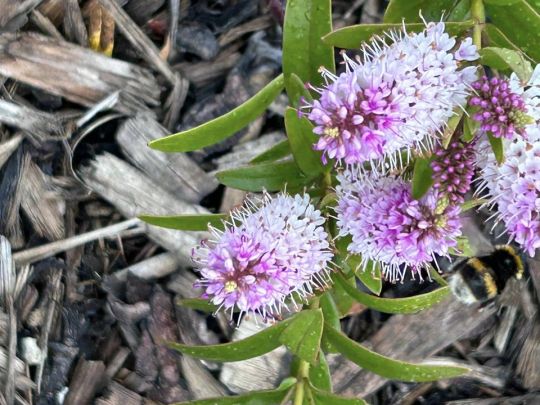
photo by @purrdence at Rotorua.
AKA Hebe speciosa, New Zealand hebe, showy hebe, showy-speedwell, and the Māori names titirangi and napuka.
Like most Hebes, it is native to New Zealand but it can be found in other mild parts of the world where it is grown as an ornamental. Apparently naturalised on cliffs in Ireland, but given it is found coastal cliffs and headlands, low windswept scrub and flaxland in NZ that isn’t surprising.
DNA research has shown that populations south of West Auckland (Muriwai) stem from deliberate past Maori plantings, but these southerly populations lack sufficient genetic variability to sexually maintain themselves.
9 notes
·
View notes
Photo



Waihou Stream, New Zealand by fate atc
5K notes
·
View notes
Text

blaire snaps
343 notes
·
View notes
Text
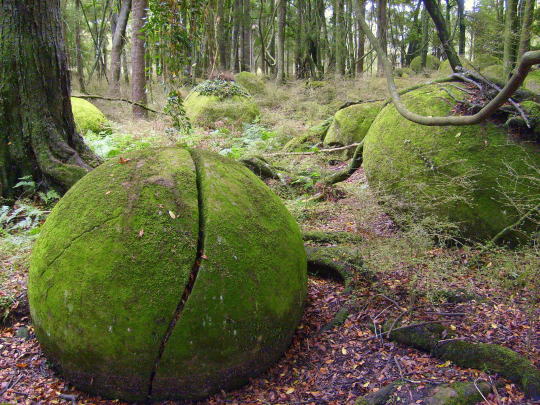
Ohingaiti Boulders
#Ohingaiti Boulders#photography#nature#green#plants#trees#landscape#moss#mossy#woods#forest#new zealand#curators on tumblr#1k
1K notes
·
View notes
Text




you;re all so sexy
#yeah I’m bisexual#attracted to guys girls genderqueers and renewable energy sources#solarpunk#objectum#climate positivity#IM SO EXCITED FOR A FUTURE FULL OF RENEWABLE ENERGY!!!! I KNOW IT IS POSSIBLE!!!!!!!#in order left to right top to bottom: wind turbines solar panels hydroelectric dam and geothermal power plant#I LOVE GEOTHERMAL PLANTS#from new zealand aotearoa so I see a lot of them#THEY MAKE CLOUDS ^_^
371 notes
·
View notes
Text
Viola filicaulis - Native violet, Melicytus (New Zealand, circa 1885) by Sarah Featon.
Watercolour.

Image and text information courtesy Museum of New Zealand
Te Papa Tongarewa.
77 notes
·
View notes
Text
And now for something completely different. (Not my video!) My friend @toooldforthissh--stuff is in New Zealand and just sent me this. *star eyes emoji*
235 notes
·
View notes
Text
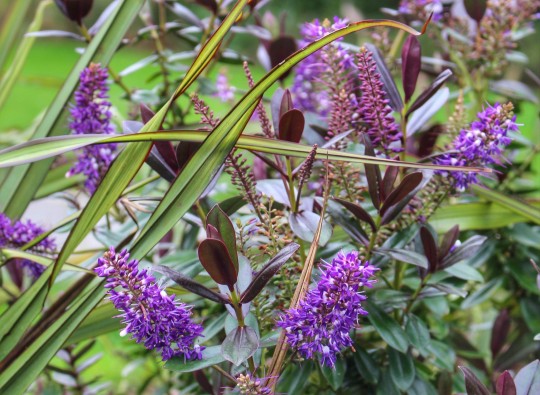
🪻🪻🪻
#my photos#original nature photography#original photography#original photographers#hebe#hebe speciosa#new zealand hebe#titirangi#native flowers#native plants#flower photography#flowercore#naturecore#plantcore#greenery
25 notes
·
View notes
Text

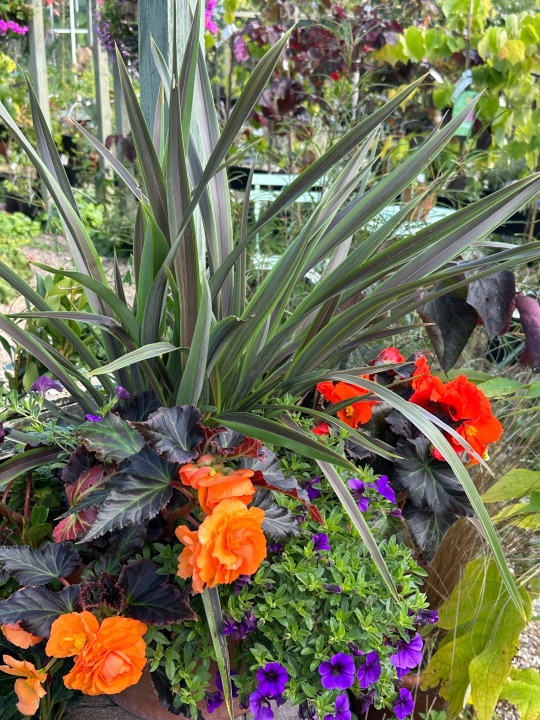

Plant of the Day
Monday 25 September 2023
This Phormium ‘Chocomint’ (New Zealand flax) made a great central feature for a summer container. This cultivar has distinctive broad arching chocolate brown and vivid mint green margined leaves.
Jill Raggett
65 notes
·
View notes
Text
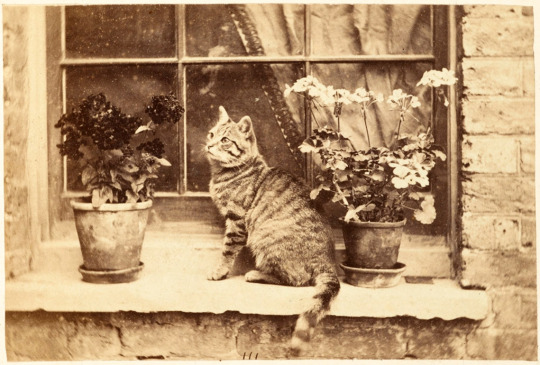
Il Pussoso. Cat sitting on windowsill, NZ. | Auckland Libraries Heritage Images Collection
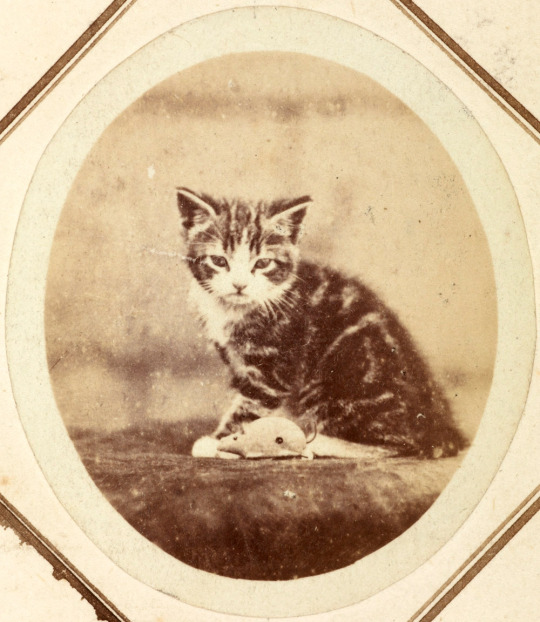
Il Pussoso. Kitten. | Auckland Libraries Heritage Images Collection
#cat#caturday#katze#gatto#chat#gato#kitten#il pussoso#new zealand#auckland#windowsill#potted plants#vintage photo#vintage photography#vintage photos
89 notes
·
View notes
Text
#1980 - Pseudopanax crassifolius - Lancewood
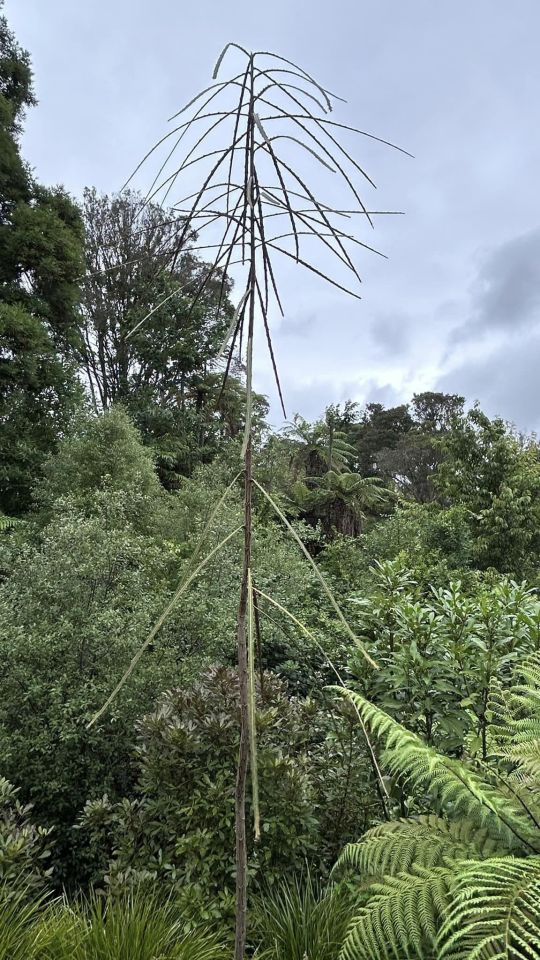
Photo by @purrdence, at Rotorua in NZ
AKA horoeka. The binomial means ‘thick-leaved false ginseng’, and the common name presumably refers to one traditional use for the long straight juvenile trunk.
A New Zealand native tree in the family Araliaceae, where it grows from the coast up to about 750m with a few relatives around the islands.
Most noteworthy for the drastic change in form from juvenile to mature tree - this one is a juvenile. When these plants were first described, the juvenile form and the adult form were thought to be different species. The leaves are brown, serrated, up to a meter long, and look pretty much dead. 20 years later the trunk begins to branch, producing a bushy top, and the leaves become wider and shorter losing their teeth, and more closely resembles a normal tree, up to 25m tall.
One theory is that the young plant had to protect itself against browsing by the giant flightless Moa birds, wiped out by the first humans to settle New Zealand. Once above Moa height, it was out of danger and turns into a "regular" tree. The closely related Chatham Island species does not display these changes, but the Chathams didn’t have Moa.
Grown as an unusual ornamental in cooler parts of the world, although you might get questions about why you haven’t removed a dead plant. Their best known relative is English Ivy, and the flowers are very similar. In fact, lancewoods frequently grow as epiphytes themselves.
Pseudopanax ferox, the toothed lancewood is similar to P. crassifolius except the leaves are more abundant and severely toothed like a bandsaw blade.
8 notes
·
View notes
Photo

A David Bowie-inspired living room in South Auckland
55 notes
·
View notes
Text

blaire snaps
311 notes
·
View notes
Text
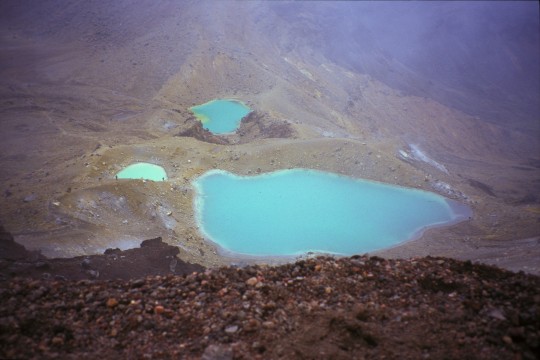


New Zealand, 1998
#new zealand#nature#photography#film#film photography#90s#1998#green#plants#trees#water#landscape#blue#ocean#sea#beach#mountains#lake#lakes#rainbow#boulder#sea stacks#nature photography
879 notes
·
View notes
Text

#Eefa sells her labour#Look I am PRO CRIMES AND PRO SCAMS#but the guy who has scammed himself into the social media manager job at my work is a fucking nightmare#If he would sit in a corner and quietly scam the company out of a salary for a position we DO NOT NEED#I would respect him#However he keeps making it harder for me to to my job#And physically taking things i'm working on away from me to butcher#Like I don't want to brag but i'm a trained and experienced facilitator. I was a university lecturer#Do you really think itms your job to add more animations into my slide shows??? Social media man???#He is also clearly like. Using Google to search for images because he keeps adding incorrectly id'd species#I will find a nice creative commons pic of a plant i'm talking about and he will be like#:) I have my sources *changes it to something that lives in new zealand* :)#Like dude u don't need to be an expert but you have to understand that there are things you don't know. That I DO.#I have been trying to avoid him as much as possible but occasionally I'll be like. OK I am going to give him a chance#Maybe he's not that bad#And i'll let him look at an Instagram post or something#And then he RUINS EVERYTHING AGAIN#Me Fein
15 notes
·
View notes
Note
aaaaa your reblog reminded me: i love kakapos so much that i did an entire presentation on them in high school but i didn't know about takahē until recently, are there any other cool new zealand animals that you like??
yo, that's so cool! And yes! I love all our birds but here are some favourites. This might end up as a long-ish post.
The first bird owns my entire heart but is unfortunately extinct, and that is the Huia. I was told about them because my aunt uses huia imagery a lot in her art and I did an art study on them. Traditionally, they were used a lot in Maori cultur such as their tail feathers held great significance as symbols of friendship and respect. They were also used as accessories. However, I believe they quickly became extinct after Europeans arrived due to deforestation and over-hunting. Owning part of a huia bird became a high fashionable demand (I could have this wrong), and female huia beaks were set in gold as broaches.
(Male huia in the front, female huia at the back)

Closely related to huia is the Kōkako. "In Māori myth, the kōkako filled its wattles with water and brought it to Maui as he fought the sun. Maui rewarded the bird by making its legs long and slender, enabling it to bound through the forest with ease." (Department of Conservation). I just think they're really neat.
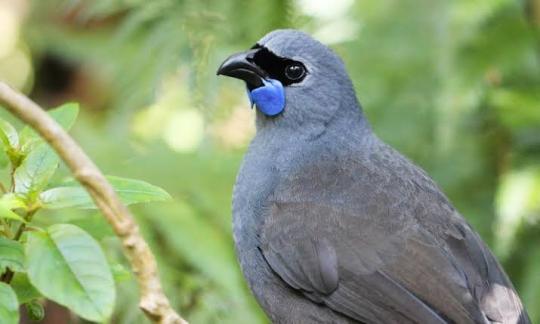
Fantail (or pīwakawaka) aren't necessarily native but they're very common. I love them and they low-key remind me of fairies for reasons I can't quite explain.

Kākā and Kea are part of the same family. Kākā are large parrots and they're pretty neat and live more in forests, keas are little shits but super intelligent and are alpine birds. You often hear stories of keas picking at rubber seals on cars or windscreen wipers.
(L: Kākā R: Kea)


I cannot make a post about New Zealand animals without mentioning the kiwi. There are about 5 species, I think: Brown Kiwi, Great spotted kiwi/roroa, Little spotted kiwi, Rowi, and Tokoeka. When I was a kid, I needed to have music or something to fall asleep and one of the cassette tapes my parents used to play had a story called 'how the kiwi lost its wings'. To sum up, the Tāne (atua/got of forests and birds) asked the birds for volunteers to live on the forest floors to eat the bugs or something. The kiwi was the only one to volunteer after all the other birds refused. So Tāne shrunk the kiwis wings and made their beak longer.
(Image is of the little spotted kiwi)

Morepork/ruru! These are owls and they're super cool! Occasionally, I'll hear one or two at night. They're very common and one of the only birds on this list that isn't under immediate threat of extinction.

Pūkeko are swamphens. When I was a kid, I learnt about takahe before I learnt about Pūkeko, so when I first saw one I got excited and called it a takahe. But they're quite common, my siblings and I would make a game of counting how many Pūkekos we see on the way to/from our grandparents. As swamphens, they're usually wetland birds. But due to the loss of habitats, they've adapted to other environments such as paddocks and croplands. But they're primarily swamp birds.
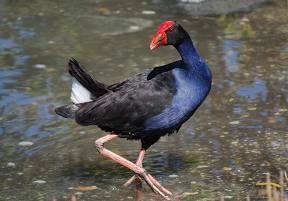
I would see wax-eye/tauhou birds a lot in the back gardens. They're small olive green birds with a white ring around their eyes. Their name in te reo (tauhou) translates to 'stranger' or more literally, 'new arrival'.
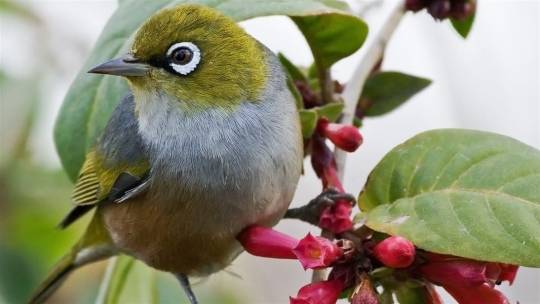
Tūī are another favourite. These guys are honey eaters, typically eating from flowers. They're also songbirds and can mimic songs. They're quite common as well, and have a very distinctive call. You often hear them before you see them.

I think there's a limit of 10 photos so I can't add anymore but there's also the New Zealand Wood Pigeon, or Kererū. These guys are gorgeous too. They also mainly eat fruits and flowers. I don't know if this is correct, but I think I remember someone saying that these birds sometimes get drunk off of the fruits or flowers they eat. They were historically a major food source for Māori, and we're considered a taonga (treasure).
And I guess these count as birds since one species won the New Zealand Bird of the Year in 2021, but we have two species of bats! The long-tail bat and the short-tail bat.
Also Tuataras! According to the DoC (Department of Conservation) website, "Tuatara are a rare reptile found only in New Zealand. They are the last survivors of an order of reptiles that thrived in the age of the dinosaurs." I just think they're super neat.
#ask tag#theabyssgazesalsointoyou#I also love so many of our native plants#They're so pretty#New Zealand#Birds#Kiwi#aoteatoa#huia#kōkako#fantail#pīwakawaka#kākā#kea#ruru#morepork#pūkeko#tui#wax-eye
25 notes
·
View notes